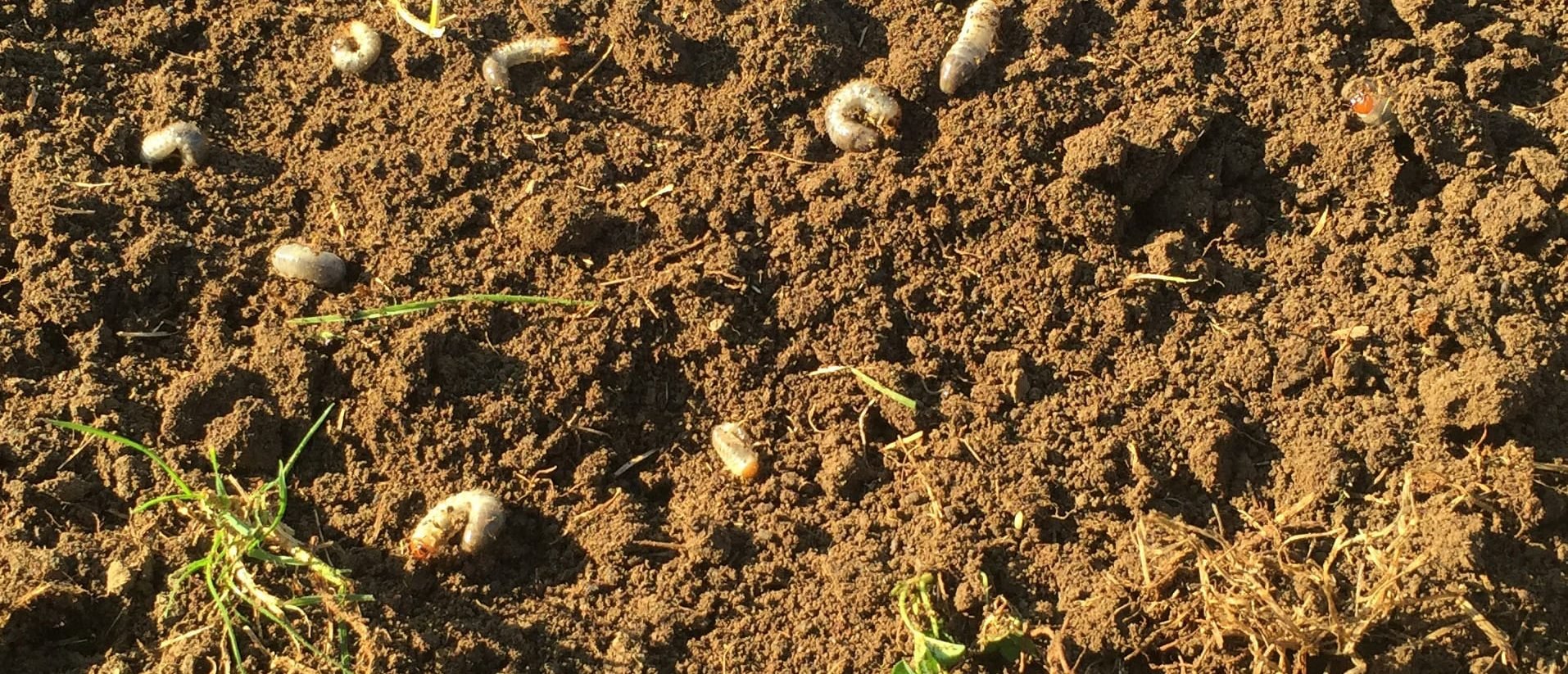The world of ice melt and salt can be overwhelming, so here are answers to some common questions.
Does ice melt harm surfaces when it is used?
Chlorides are corrosive to metals and can corrode them over time. Rebar in concrete, being a metal, can also be corroded over time by chlorides. This is why chloride use is usually prohibited on parking garages, etc.
Actual chemical damage to concrete is usually not a problem, but there has been some research showing magnesium chloride causing some corrosion to dolomitic concrete.
The real damage to concrete comes from water seeping into it and then refreezing. Water is absorbed by concrete and accumulates. When the water freezes, it expands, causing pressure to build up. The increased pressure will eventually become too much and will damage the concrete. Concrete that is poor quality or less than a year old is most vulnerable.
What are the differences between rock salt and ice melt?
Sodium chloride (rock salt) will melt more ice per pound than any other chloride. It also happens to be the cheapest. However, at low temperatures, it is very slow to act. Below 15°F, it takes many hours to brine and melt, so it becomes inefficient.
On the other hand, calcium and magnesium chloride work quickly at much lower temperatures. That is why they are blended with salt to speed up the brining and melting process. Straight magnesium and calcium are also sometimes used because they don’t contain sodium and are more plant-friendly, or because a much quicker product, which can melt to very low temperatures, is wanted.
When would you use ice melt or salt over the other?
Cost is usually a factor when choosing one over the other. Cheap salt tends to be used on open areas and parking lots, while ice melt blends are used on walkways, etc. This is not a hard-and-fast rule, however.
Is ice melt with a superior cold rating always the best to use?
It depends on the temperatures you are spreading it in. Plain salt will work in temperatures in the 20’s. The problem is there is no standard to rate product melting temperatures. You make a blend and can just about claim anything you can get away with. You usually get what you pay for. A cheap product that says it will melt to -20°F is bogus. Work with trusted suppliers that will honestly tell you the content and performance of their product.












